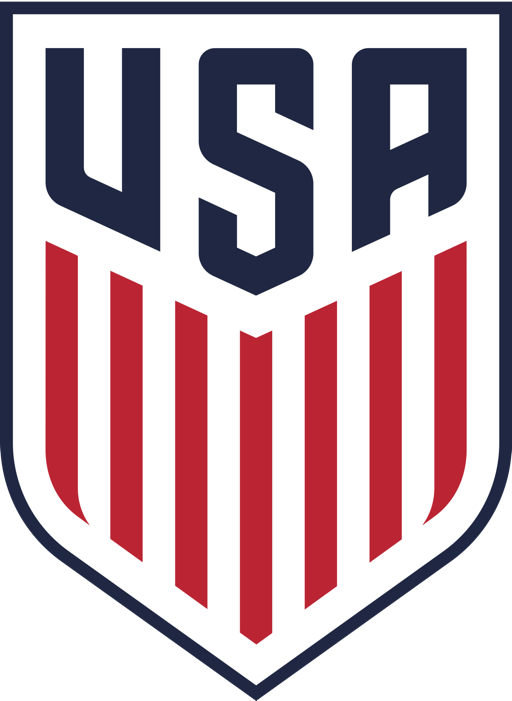It’s standard practice in youth soccer not to use a goalkeeper in 3v3 and 4v4 small-sided drills. In fact, the US Youth Soccer Association adopts that as a best practice. Between 5v5 and 7v7 the goalkeeper is optional. It becomes a requirement at 8v8 and higher.
As you might imagine, it’s a good idea to have familiarity playing with a goalkeeper prior to 8v8 or fill-sided drills. How ot do this is to incorporate the goalkeeper into the small-sided drills.
At young ages, soccer experts advise avoiding the “isolation” of the goalkeeper. Not only does this isolation create non-game-like situations, but it just isn’t as much fun for a goalkeeper to work one-on-one with an adult for most of practice while the other players are running around together on the field.
In the beginning, when you are trying to figure out who wants to play goalkeeper and who is good at it, you can have all of your players practice simple goalkeeping moves.
Small-Sided goalkeeper drills
Have your team partner up, with one player acting as keeper, the other as attacker, and practice shooting on the goalkeeper, then switch. This not only keeps the players more interested, but it allows you to see who has good hands, sharp reflexes, and the mental ease that is necessary for playing in goal.
Once you’ve selected your goalkeepers (have at least 3 players who are capable of playing the position), involve them in your normal drills at practice. Your keepers should be practicing their footwork along with everyone else. Once you start game-time drills, involve a keeper into the mix.
If you are playing a type of keep away drill, involve the keeper in that the players can pass it to him and he can use his hands to scoop up the ball and practice sending it back into the field of play to his own team.
The Sweeper-Keeper
Another good way to keep the goalkeeper involved in drills is to create a “sweeper-keeper” position during drills. This keeps the keeper from acting overly cautious and staying back on the goal line. In these drills, set up a goal with cones a few yards BACK from the actual touchline (this is called a recessed goal).
The sweeper-keeper has domain and may use his hands over all of the space behind the touchline and in the goal. When his team is in possession during the drill, he may leave the space to enter the field (where he can no longer use his hands). He must then double back to his space if the ball changes possession suddenly.
Sweeper-keeper drills, or any drills which involve the goalkeeper as an integral part of the team rather than an isolated element, can do wonders for the team as a whole.
At young ages and low numbers (6v6, etc), it teaches the children that the goalkeeper is an important member of the team. In small-sided soccer philosophy, with fewer numbers, the keeper has a greater chance of becoming involved in the action than he would in an 11v11 setup. This approach develops keepers who are more confident and aggressive than they would be otherwise.




